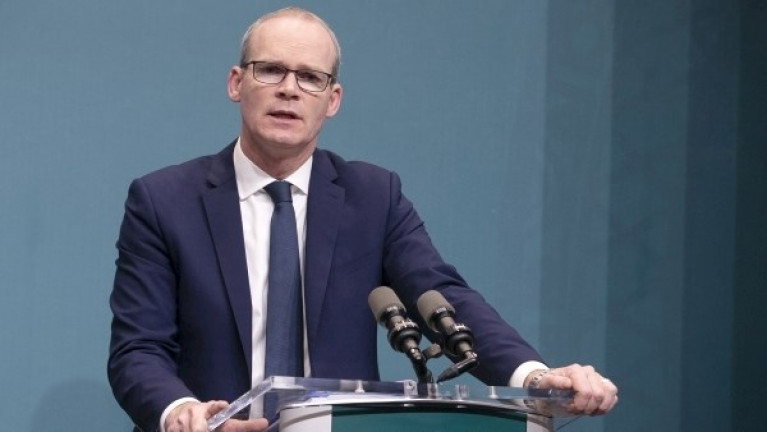Displaying items by tag: Navy's Crew Crisis
Taking control at the Department of Defence is Tánaiste Simon Coveney who said one of his immediate priorities in the role will be to address the manpower crisis in the Naval Service, writes Irish Examiner.
A year ago, the navy had to tie-up two of its ships because it lacked crews and a third could follow suit before the end of the year if personnel continue to leave at the current rate.
Mr Coveney said on RTÉ's Morning Ireland that the Naval Service needs a “response” from him well in advance of a Commission which is to be set up to examine all aspects of Defence.
PDForra, which represents 6,800 enlisted personnel in the Defence Forces, said the first step Mr Coveney should take is to increase allowances across the Defence Forces.
General secretary, Ger Guinan, said further increases in allowances are needed in the Army, Air Corps and in particular the Naval Service: “Doing this is an absolute necessity, and it must be recognised it is most needed in the Naval Service."
For more on this story click here in addition to the newspaper's previous related coverage written by Colonel Dorcha Lee (retd) who is a former Defence Forces Provost Marshal and Director of Military Police.





























































